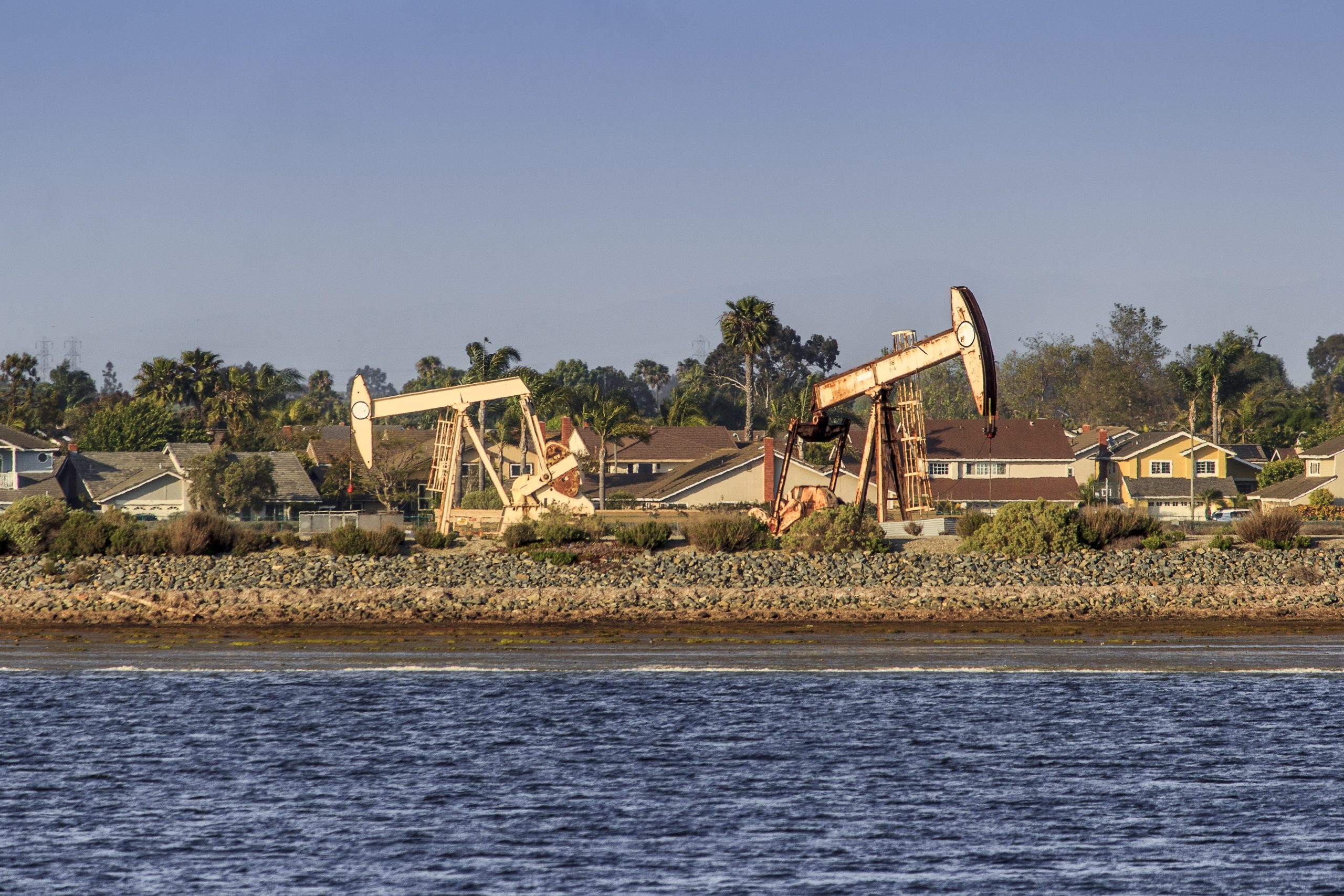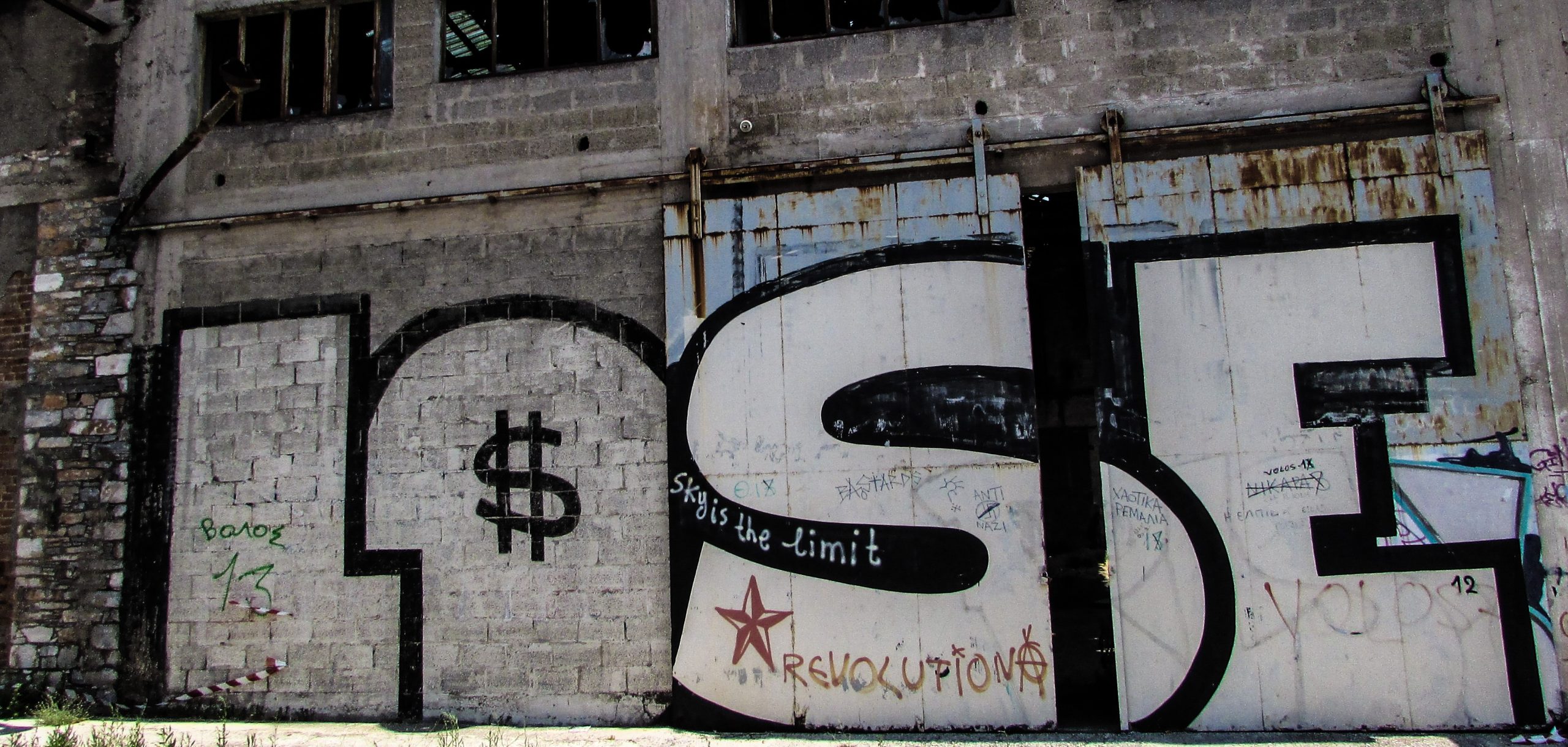In January, the Louisiana Supreme Court considered an appeal from the Vermilion Parish School Board. The appeal centered on environmental damage to land that was subject to a mineral lease. The mineral lease allowed those leasing the land to look for and remove any mineral, including oil, that they found on the land. However, once they did this, they left the land in a state that was environmentally hazardous.
Louisiana has special procedures for dealing with restoring land so that we do not harm the environment, specifically when removing oil. The remediation of the land, this restoring process, was one of the major issues in the Vermilion Parish case. The defendants included Union Oil Company of California, Union Exploration Partners, Carrollton Resources, LLC, Chevron USA, Inc., and Chevron Midcontinent, L.P.
The Court faced two major issues in this case. The first was whether the parties could receive damages in excess of the amount it would take to restore the property, thereby correcting the environmental damage. The Court determined that the language of the legislation (La. R.S. 30:29) was clear and that the parties could receive a larger amount.
Under Louisiana law, when a case arises where a party is required to correct an environmental wrong, the funds are deposited into the court’s registry. The court will then disperse the funds to repair the land. This is a relatively new development because this act was put into effect in 2006. The legislature was concerned that parties who received funds to help correct the damage done to their land would not use it for that purpose if they were not so required. Leaving property that is damaged could create serious issues for the health, safety, and welfare of the surrounding population.
The legislation focuses on the role of the fact finder in determining whether there was environmental damage, and how much that environmental damage will cost to fix. As such, the court determined that the case should continue so that the fact finder could make those determinations.
The second issue was whether Chevron should be dismissed from the case. According to the facts, Union Oil had the mineral lease first, but Chevron subsequently acquired Union Oil and all of their assets, including the lease. As such, Chevron became responsible for any environmental damage that Union Oil may have caused. Chevron admitted responsibility initially, but then denied that they should be legally responsible later.
Chevron explained that while Chevron Corp. owns both Chevron USA and Union Oil Company of California, the two sections do not overlap. That is, Union Oil had $18 billion in assets, and should they be found liable for environmental damage, the amount that they will pay will come from their assets and not Chevron’s. Chevron explained that those assets were never transferred out of Union Oil, so Union Oil remained somewhat independent even after Chevron acquired them.
Therefore, Chevron argued that Chevron USA should be removed from the case so that those assets are not adversely affected. Nonetheless, Frank Soler, the senior liaison in the subsidiary governance unit of the corporate governance department for Chevron Corp. admitted that Union Oil does not have any employees and there may be service agreements between the two sections for day-to-day activities.
The Plaintiffs in the case were only allowed to discover a very limited amount of information from Chevron regarding this case. The court restricted the information until they determined whether or not Chevron should remain in the case a defendant. As such, many facts remained unknown regarding the relationship between Chevron and Union Oil. Therefore, the court determined that Plaintiffs should be allowed to gather more information and the case should continue.
Both of these issues failed the summary judgment test. The test is whether there is an absence of material facts in the case. If there is such an absence, then the court will only determine the questions of law and one side will receive a summary judgment. In this case, however, the court determined that there may be facts in dispute because they did not have enough information; therefore, the case continued.
Continue reading
 People may be fired for a variety of reasons. Often a dismissed employee feels the termination was unjust or racially based. Bringing a lawsuit under Title VII of the Civil Rights Act of 1964 is difficult. A plaintiff must present evidence for a prima facie case of discrimination to survive summary judgment. The following case out of Baton Rouge, Louisiana, demonstrates the difficulty of doing so.
People may be fired for a variety of reasons. Often a dismissed employee feels the termination was unjust or racially based. Bringing a lawsuit under Title VII of the Civil Rights Act of 1964 is difficult. A plaintiff must present evidence for a prima facie case of discrimination to survive summary judgment. The following case out of Baton Rouge, Louisiana, demonstrates the difficulty of doing so. Insurance Dispute Lawyer Blog
Insurance Dispute Lawyer Blog


 If you were wrongfully terminated from a civil service position within your local government, you might be eligible to receive some compensation for your trouble. For example, say you are placed on suspension and are on track to be terminated. However, you later appeal that decision, and your suspension and termination are lifted. As a result, you may be allowed to reclaim back pay and exceptional pay for the time you were prohibited from working. The following case out of Plaquemines parish discusses the issues of back pay and exceptional pay and how they apply within a court proceeding.
If you were wrongfully terminated from a civil service position within your local government, you might be eligible to receive some compensation for your trouble. For example, say you are placed on suspension and are on track to be terminated. However, you later appeal that decision, and your suspension and termination are lifted. As a result, you may be allowed to reclaim back pay and exceptional pay for the time you were prohibited from working. The following case out of Plaquemines parish discusses the issues of back pay and exceptional pay and how they apply within a court proceeding.  Workers’ compensation is a financial support system that may be available to injured employees. It aims to ensure employees are compensated for their injuries and do not bear the entire expenses of medical bills. Workers’ compensation laws differ from state to state. Still, the general idea is that employees can get benefits regardless of who was at fault for the injury so long as the injury arose from an act during employment.
Workers’ compensation is a financial support system that may be available to injured employees. It aims to ensure employees are compensated for their injuries and do not bear the entire expenses of medical bills. Workers’ compensation laws differ from state to state. Still, the general idea is that employees can get benefits regardless of who was at fault for the injury so long as the injury arose from an act during employment.  Rick Sheppard, an inmate in the custody of the
Rick Sheppard, an inmate in the custody of the  A chemical plant explosion, sudden and dangerous, causes chaos when the workers try to escape. During that exodus, a worker is trampled by his colleagues as they attempt to flee. Who then bears responsibility for the injuries caused by this trampling? Is it the other workers? Is it their managing company? Is it the owner of the chemical plant?
A chemical plant explosion, sudden and dangerous, causes chaos when the workers try to escape. During that exodus, a worker is trampled by his colleagues as they attempt to flee. Who then bears responsibility for the injuries caused by this trampling? Is it the other workers? Is it their managing company? Is it the owner of the chemical plant? Anyone involved in a lawsuit knows that litigation can take months or even years to resolve. Though courts try to expedite the process, the parties involved are also responsible for moving the case forward expediently. If the plaintiff in a lawsuit files a complaint and fails to take further action for a certain amount of time, the defendant may file a motion to dismiss on the grounds of abandonment. The case below is an example of how the abandonment of a lawsuit by the plaintiff resulted in the dismissal of the action.
Anyone involved in a lawsuit knows that litigation can take months or even years to resolve. Though courts try to expedite the process, the parties involved are also responsible for moving the case forward expediently. If the plaintiff in a lawsuit files a complaint and fails to take further action for a certain amount of time, the defendant may file a motion to dismiss on the grounds of abandonment. The case below is an example of how the abandonment of a lawsuit by the plaintiff resulted in the dismissal of the action.  What happens when the same wrongdoer injures several people? Typically, in cases like this, the court may consolidate the actions to promote the efficient use of judicial resources. However, these cases may be complex and lengthy and require expert testimony, as exemplified by the following lawsuit out of Lake Charles, Louisiana.
What happens when the same wrongdoer injures several people? Typically, in cases like this, the court may consolidate the actions to promote the efficient use of judicial resources. However, these cases may be complex and lengthy and require expert testimony, as exemplified by the following lawsuit out of Lake Charles, Louisiana.  It is always difficult when you lose a job. But it can be even more difficult if you feel you were unfairly fired. If you find yourself in this situation, consider what legal options are available. This is the situation Christine Simpson found herself in after being fired from her job as a production technician in Canton, Mississippi.
It is always difficult when you lose a job. But it can be even more difficult if you feel you were unfairly fired. If you find yourself in this situation, consider what legal options are available. This is the situation Christine Simpson found herself in after being fired from her job as a production technician in Canton, Mississippi.